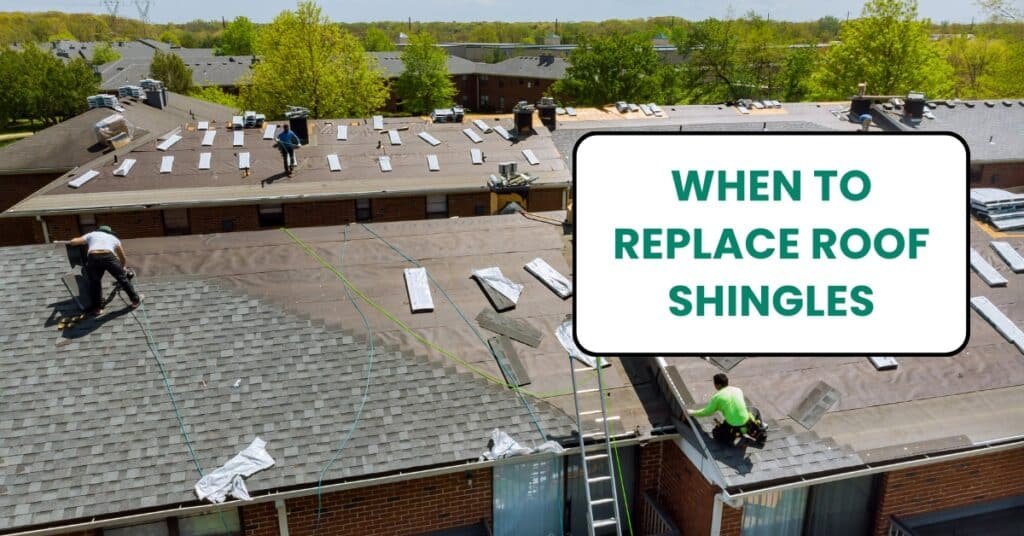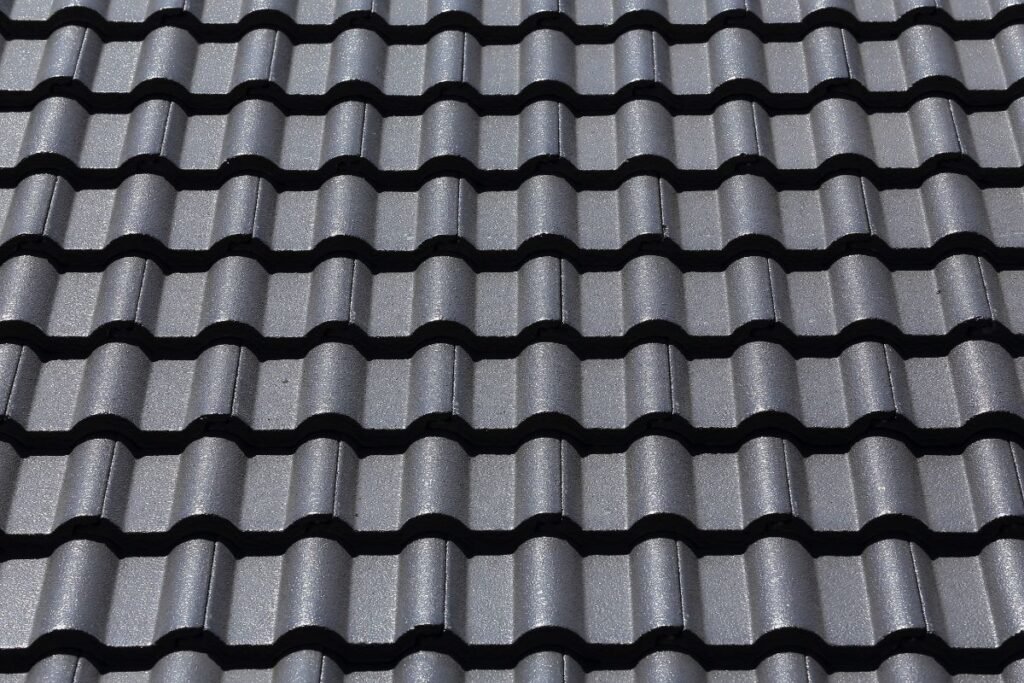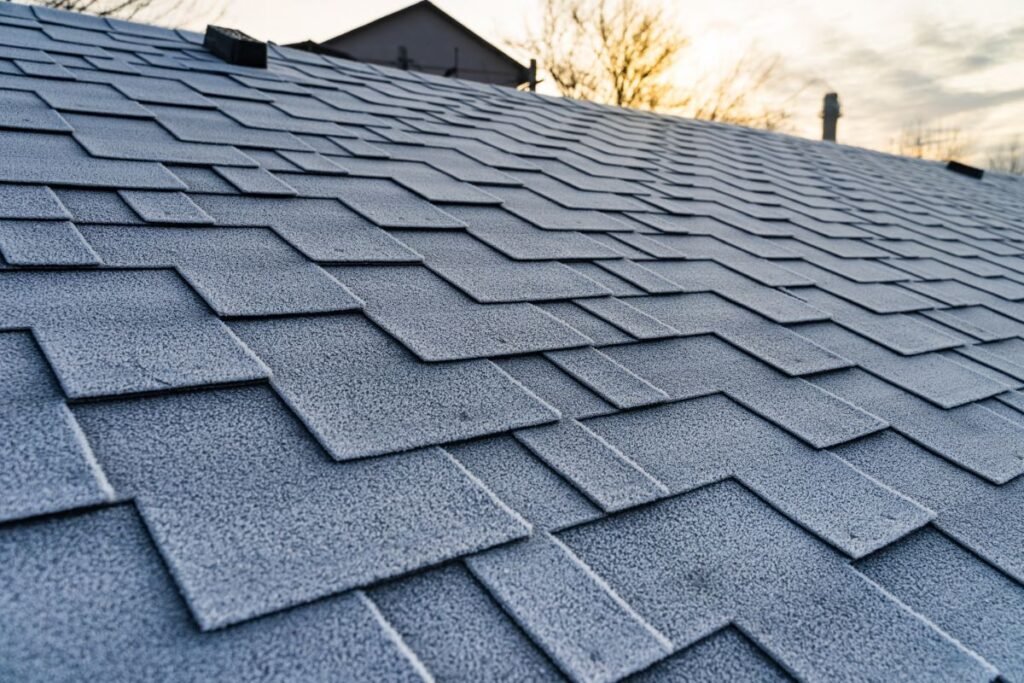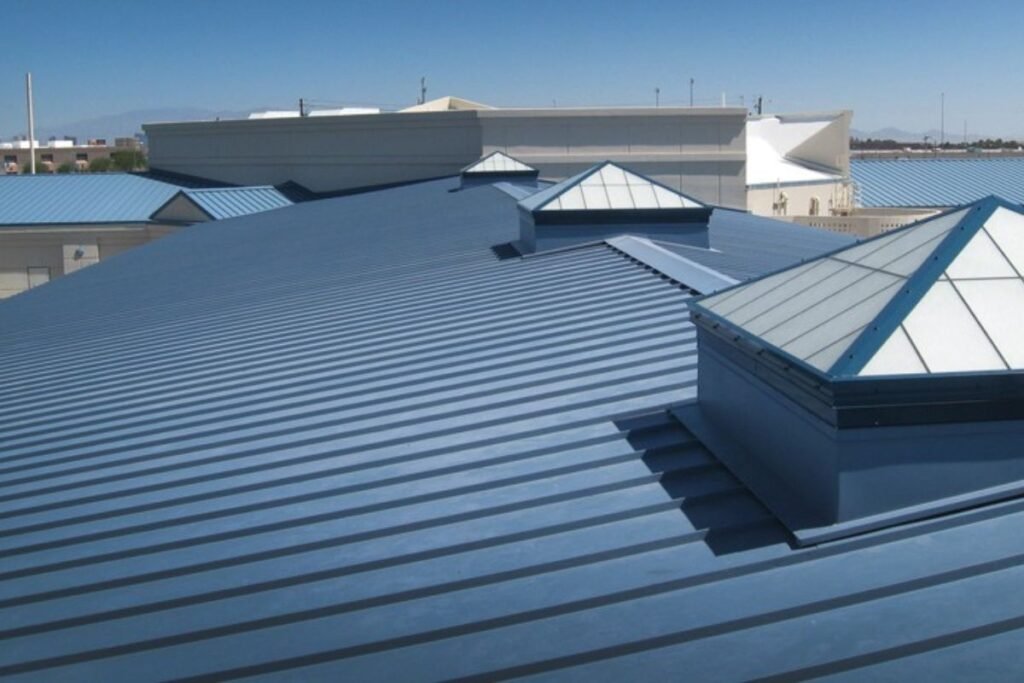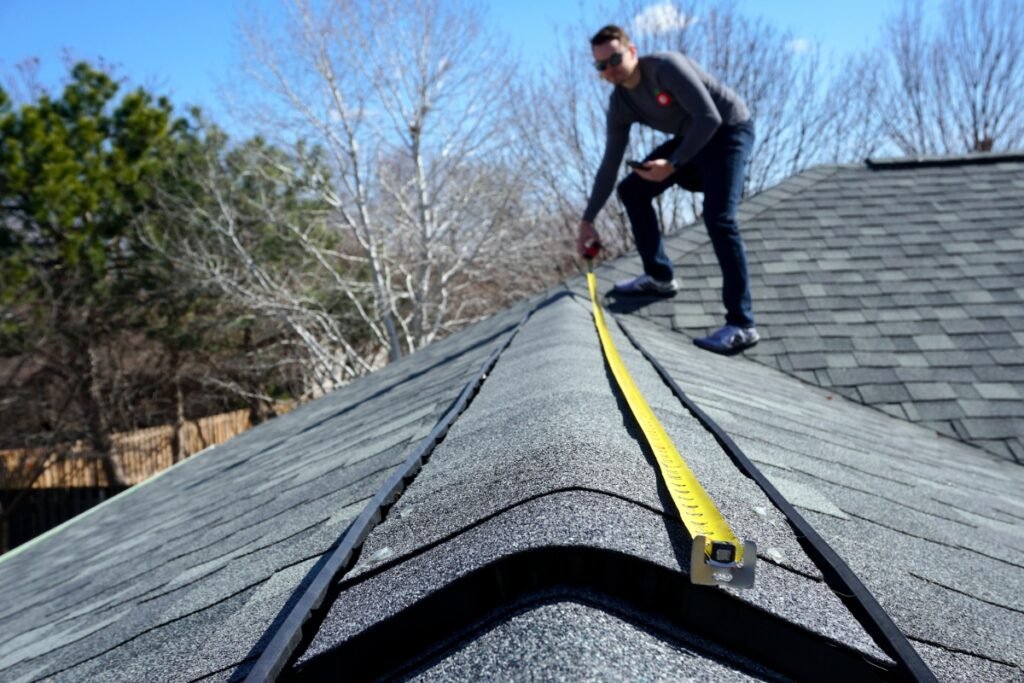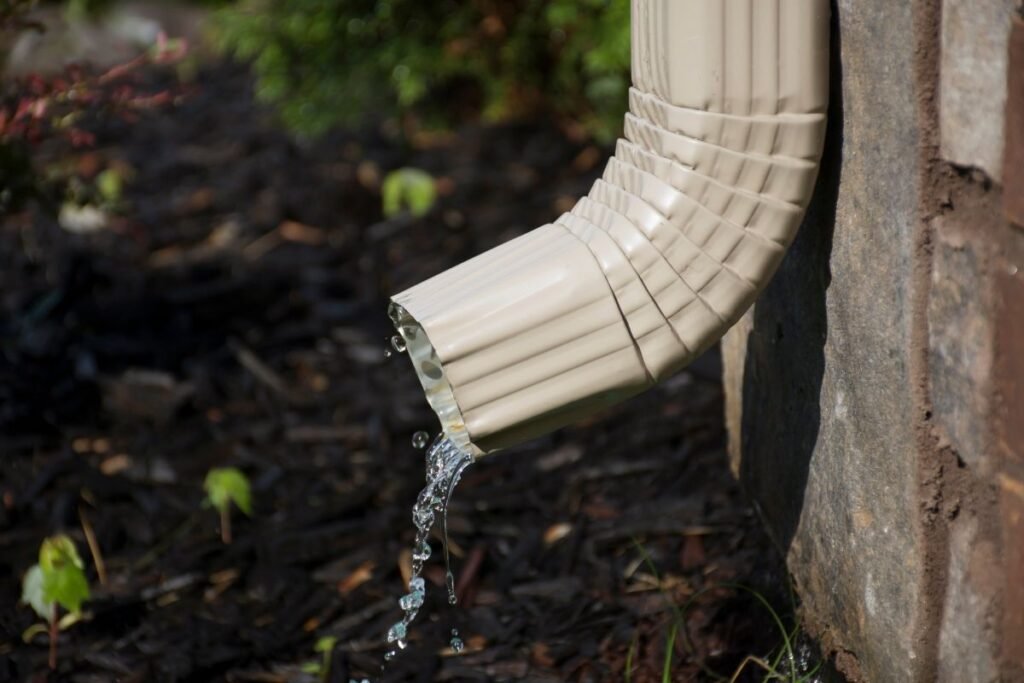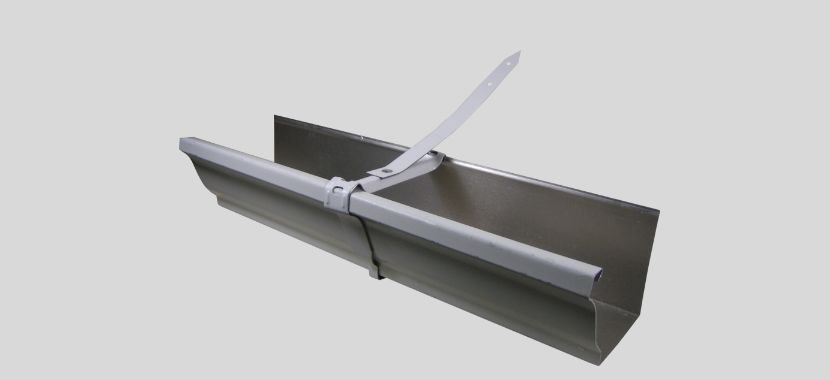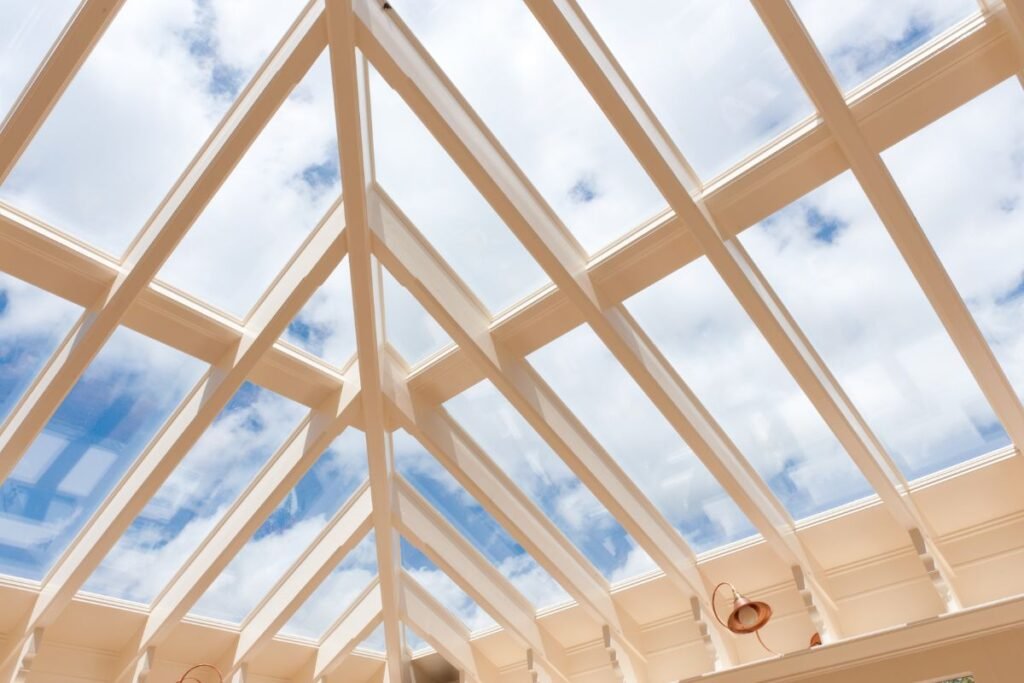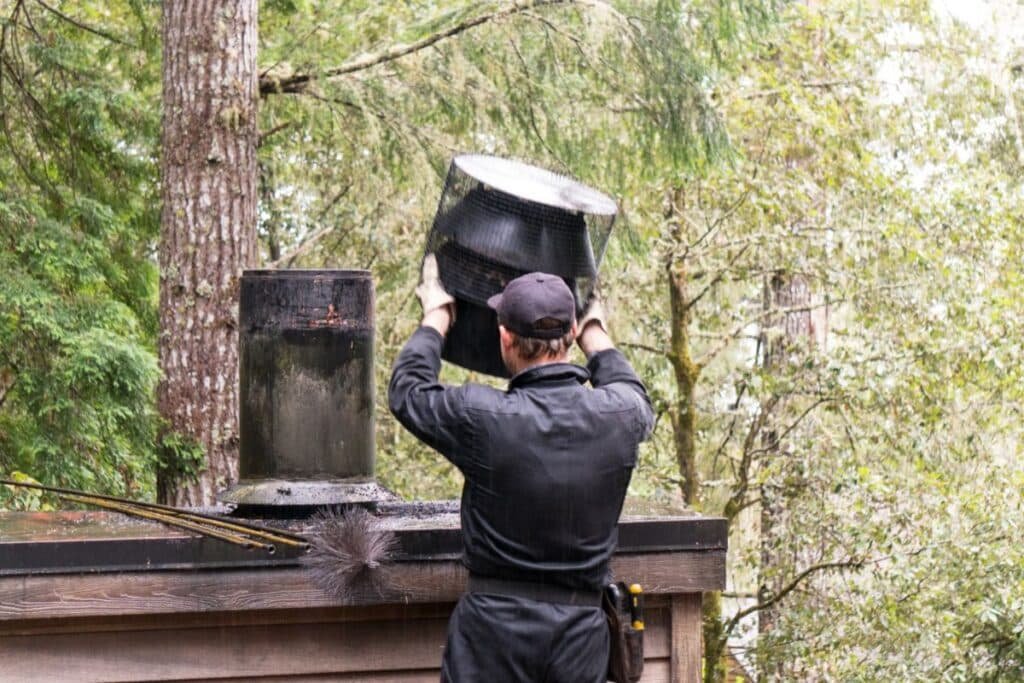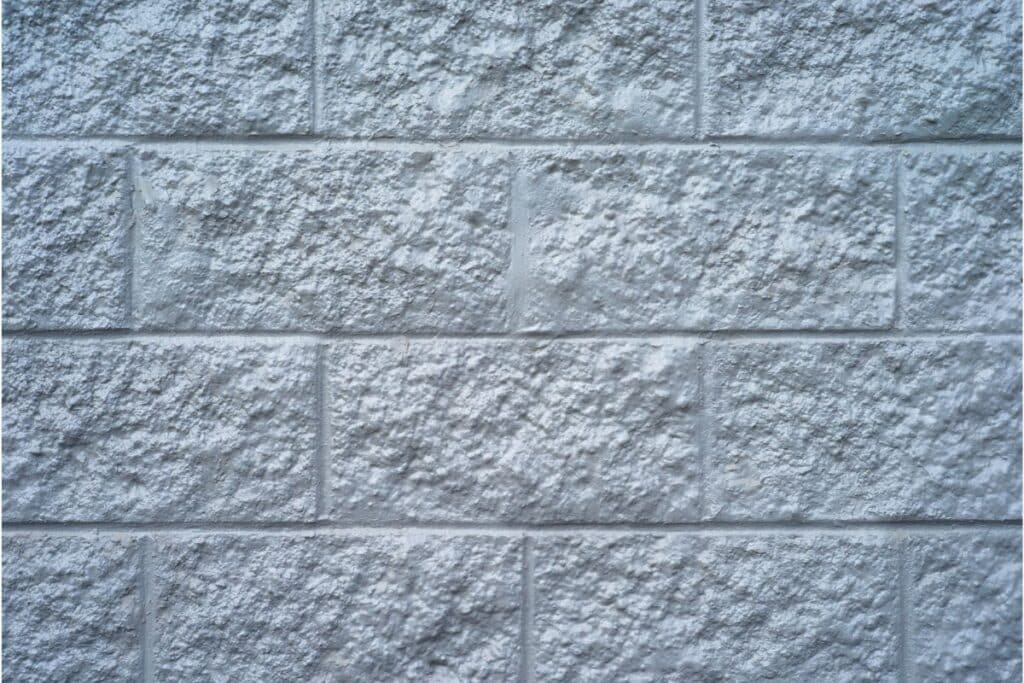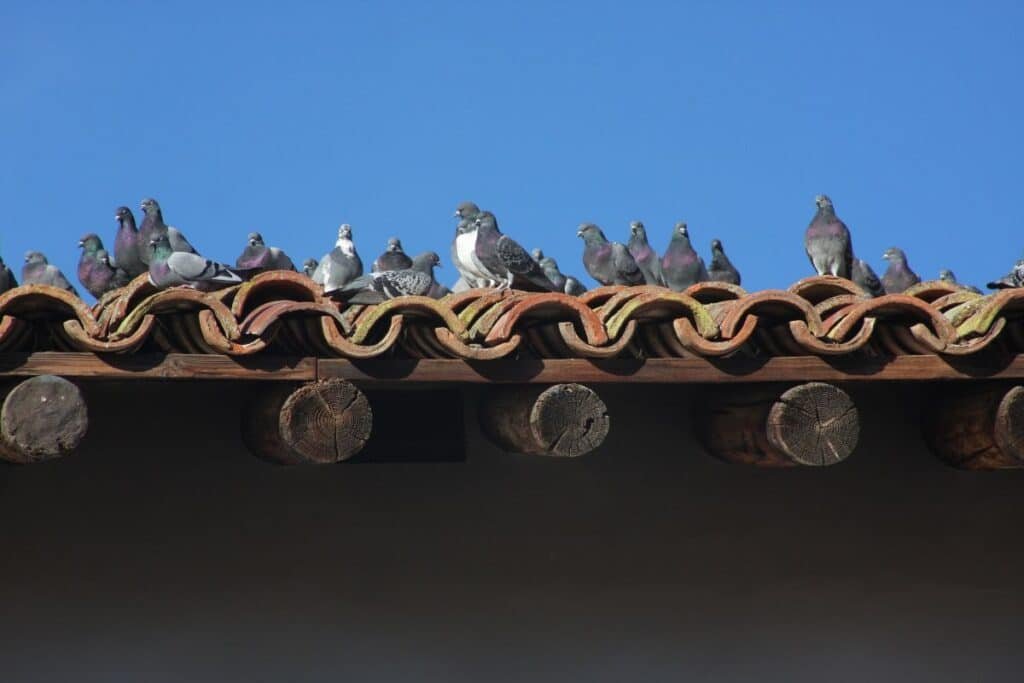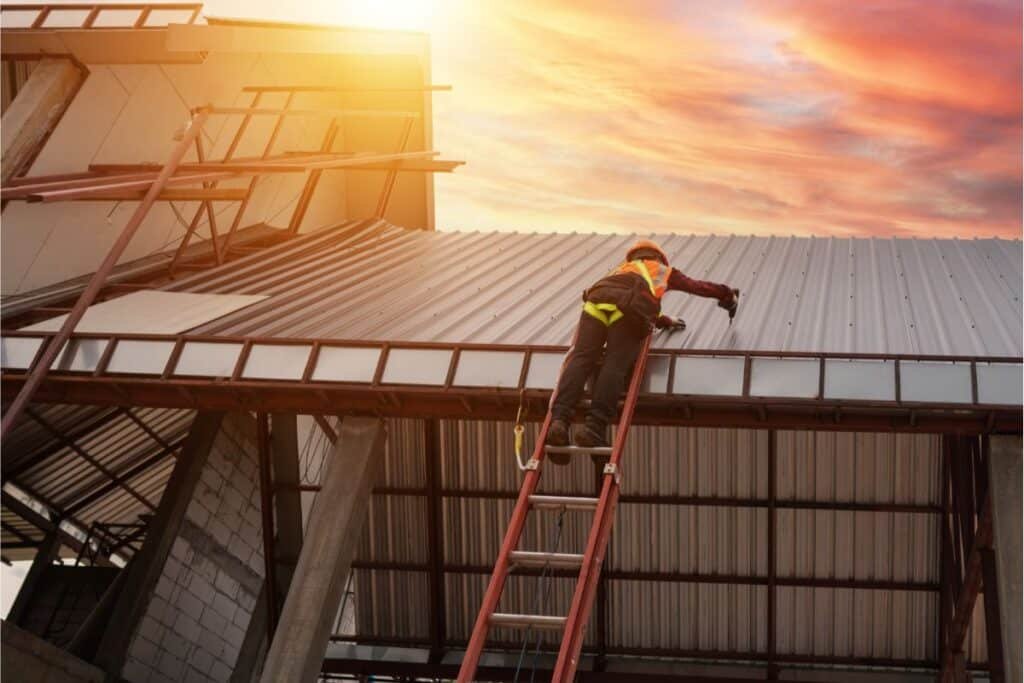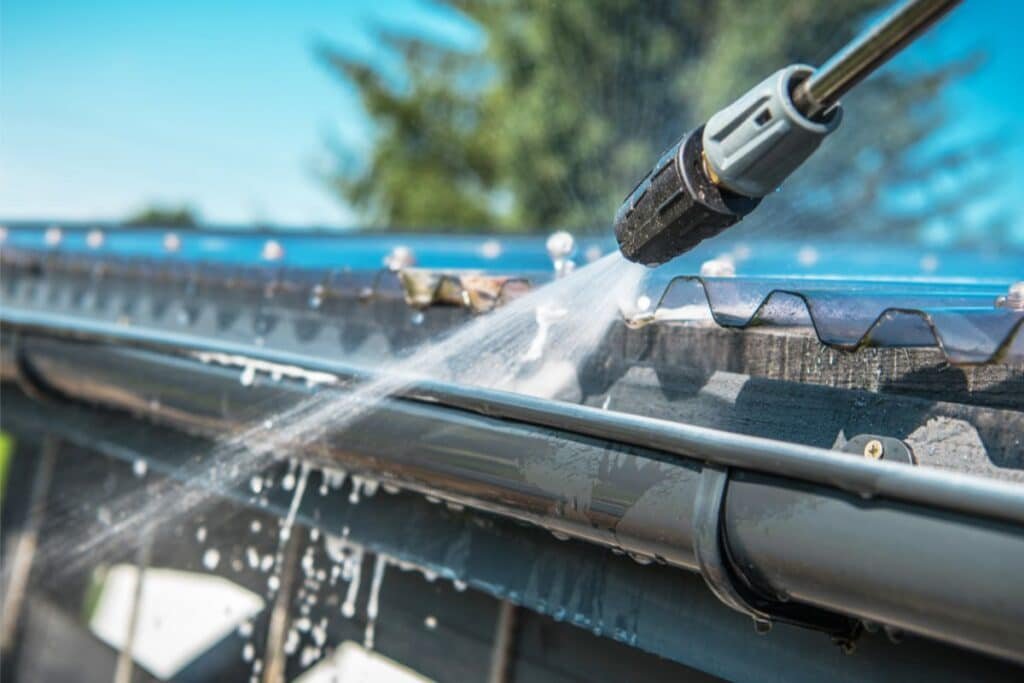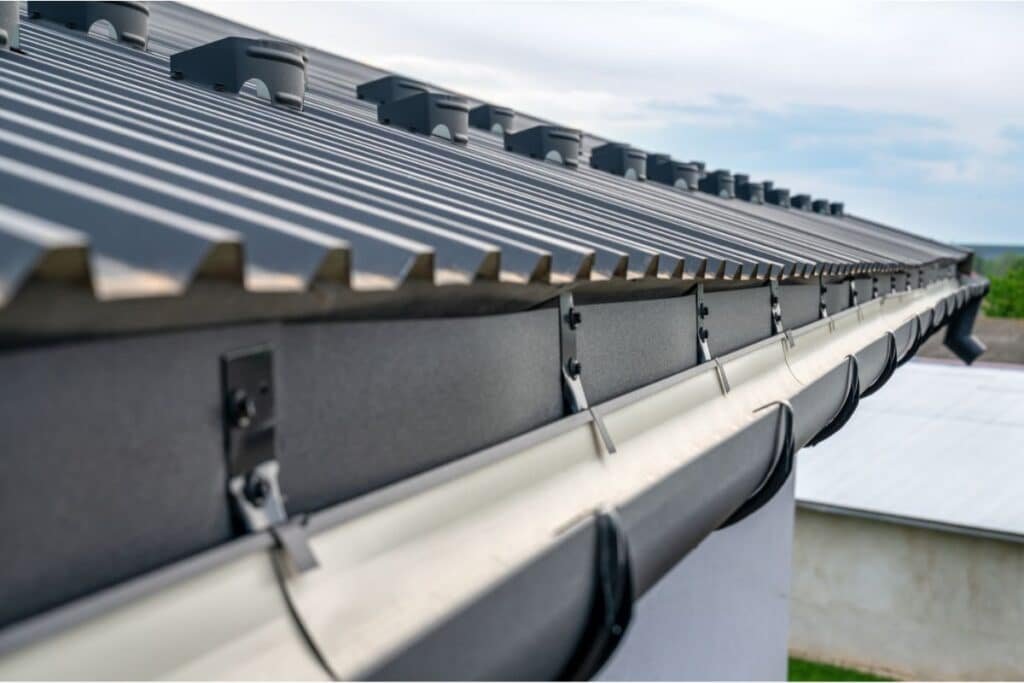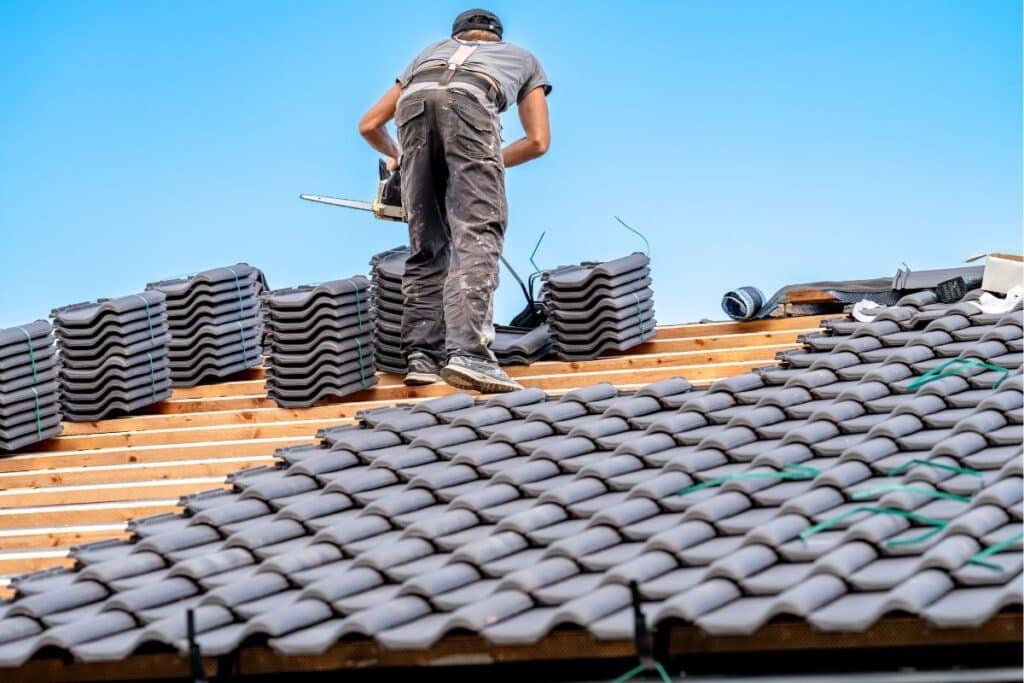Knowing when to replace roof shingles is one of the most important parts of keeping your home safe and damage-free. As a homeowner, it’s easy to overlook your roof until something goes wrong—but by then, repairs can be expensive. Your shingles take the brunt of rain, wind, and sun every day, so keeping an eye on their condition helps you avoid bigger problems down the road.
In this quick guide, we’ll break down the key signs that tell you it’s time for new shingles, the risks of waiting too long, and tips for getting the job done right. Whether you’re dealing with wear and tear or storm damage, this info will help you make smart, timely decisions.
What Are The Roof Shingles?
Before we get into the signs that it’s time to replace your roof shingles, it’s helpful to first understand what roof shingles are and why they matter. Roof shingles are individual pieces that overlap each other to cover your roof. They’re usually flat and rectangular, installed from the bottom of the roof upward, so each layer overlaps the one below it.
Shingles come in different materials like asphalt, wood, slate, and metal. Among these, asphalt shingles are the most popular for homes in the U.S. because they’re affordable, durable, and easy to install. They come in two main types: organic and fiberglass. Knowing which type of shingles you have can help you better evaluate their condition and how long they’ll last.
How to Know When to Replace Roof Shingles: 15 Key Factors to Consider
Wondering when to replace roof shingles? This guide covers 15 important signs to watch for, from visible damage to age-related wear. Learn how to spot the warning signs early and protect your home from costly repairs. Don’t wait—check these key factors before it’s too late!
1. Age of the Roof
One of the simplest ways to know when to replace roof shingles is by checking the age of your roof. Most asphalt shingle roofs last about 20 to 30 years. Even if everything looks fine from the outside, the materials underneath might be wearing down. If your roof is getting up there in age, it’s smart to start planning for a replacement before problems pop up.
2. Curling and Buckling Shingles
Take a look at your shingles—are the edges curling up, or are they lifting in the middle? That’s a big red flag. Curling and buckling often happen from age, moisture buildup, or even poor roof installation. If it’s happening in multiple spots, your roof is telling you it’s time for a change.
3. Missing Shingles
After a storm or high winds, do a quick roof check. Missing shingles are more than just an eyesore—they leave your home exposed to water damage. A few missing pieces here and there might be fixable, but if it’s happening often, a full replacement may be the better call.
4. Granule Loss
Asphalt shingles are covered in tiny granules that protect them from the sun. Over time, these granules wear off, especially as the shingles age. If you notice a bunch of them in your gutters or on the ground, that’s a sign your shingles are breaking down and may not last much longer.
5. Cracked Shingles
Cracked shingles can happen due to old age, extreme weather, or constant temperature changes. Once cracks form, water can easily sneak through and cause leaks inside your home. If you’re spotting several cracked shingles during your inspections, it’s time to think seriously about replacing your roof.
6. Moss and Algae Growth
If you’ve spotted green moss or dark streaks on your roof, don’t ignore them. Moss holds moisture against your shingles, which can cause them to wear out faster. Algae might not cause immediate damage, but it definitely affects how your roof looks. If the growth is widespread, it’s a good idea to have your roof checked—it might be time for new shingles.
7. Sagging Roof
A sagging roof is one of the more serious signs that something’s wrong. It could mean your roof structure has been weakened by water damage or too much weight. If you see any part of your roof drooping, don’t wait—call a roofing professional right away. In many cases, a full roof replacement might be necessary.
8. Leaks and Water Damage
Seeing water stains on your ceiling or walls? That usually means water is getting through your roof. Leaks can happen for a lot of reasons—missing shingles, old flashing, or worn-out materials. If you notice any signs of water damage inside your home, your roof may need more than a quick fix.
9. Increasing Energy Bills
If your heating or cooling bills suddenly spike, your roof might be part of the problem. Old or damaged shingles can reduce your home’s insulation, making it harder to regulate indoor temperature. Replacing those shingles can help improve energy efficiency and save money over time.
10. Neighboring Homes Getting New Roofs
Look around your neighborhood. If your neighbors are all replacing their roofs, and your home was built around the same time, your roof might be next in line. It’s a good time to schedule an inspection and see if you should be planning.
11. Damaged Flashing
Flashing is the metal barrier that keeps water from sneaking in around vents, chimneys, and skylights. If it’s cracked, loose, or missing, water can find its way in. Damaged flashing often leads to leaks, so it’s important to get it repaired—and possibly replace nearby shingles too.
12. Roof Valleys
The valleys on your roof—the spots where two slopes meet—play a big role in directing rainwater into your gutters. Because they handle so much water flow, they’re also more likely to wear out or get damaged. If you see cracked or missing shingles in these areas, it’s a strong sign your roof might need some serious attention.
13. Sunlight in the Attic
Head up to your attic on a sunny day. If you spot beams of light coming through the roof boards, that’s not a good sign. It usually means there are gaps or holes in your roof that can let in water, pests, and even cold air. If light is getting in, so can other things—it might be time to replace those shingles.
14. Increased Frequency of Repairs
Are you constantly calling someone to fix your roof? A repair here, a patch there—it adds up quickly. At a certain point, it’s just not worth it anymore. Instead of spending more on repeated repairs, replacing the whole roof might save you money in the long run—and give you peace of mind.
15. Roof Inspection Reports
Getting regular roof inspections is a smart way to stay ahead of costly damage. If your latest report points out major wear, hidden issues, or recommends a full roof replacement, don’t ignore it. Professional roofers know what to look for, and catching problems early can prevent even bigger headaches later on.
10 Steps to Take When Replacing Your Roof Shingles
Not sure what to do when to replace roof shingles? This guide walks you through 10 essential steps to make the process smooth and stress-free. From inspection to choosing materials and hiring the right contractor, learn how to protect your home and make smart roofing decisions.
1. Hire a Professional Roofer
Replacing shingles isn’t just another weekend project—it’s tough, technical, and even dangerous. Hiring a licensed and experienced roofer ensures the job gets done right the first time. Look for someone with solid reviews, insurance, and the proper certifications so you can feel confident about the work being done.
2. Obtain Necessary Permits
Before you start tearing anything off, check if your city or town requires a permit for roof replacement. Every area has its own rules, so it’s best to get this sorted early. A good roofing contractor can usually help with this and make sure everything’s handled legally.
3. Choose the Right Shingles
Not all shingles are the same. Think about what fits your home style, budget, and local climate. Asphalt shingles are a top pick for affordability and durability, but there are also options like metal, slate, or wood. Your roofer can walk you through the pros and cons of each so you can make the right call.
4. Prepare Your Home
Before the work begins, take a few simple steps to protect your home. Clear out the attic in case debris falls through, move outdoor furniture away from the house, and cover plants to keep them safe. Giving your neighbors a quick heads-up is also a nice touch.
5. Remove Old Shingles
This is where the real work begins. The crew will strip off the old shingles and underlayment to inspect the roof deck underneath. It’s an important step—it helps uncover any hidden damage like wood rot or leaks that need to be fixed before installing the new shingles.
6. Inspect and Repair the Roof Deck
Once the old shingles are off, it’s time to take a good look at the roof deck underneath. If there are any soft spots, rot, or damage, they’ll need to be fixed before moving forward. Think of it like laying a strong foundation—you don’t want to build on something weak.
7. Install New Underlayment
Next comes the underlayment, a protective layer that goes between the deck and your new shingles. It adds extra waterproofing, helping prevent leaks and keeping your home safe from moisture. Choosing a good-quality underlayment is key to getting the most life out of your new roof.
8. Install New Shingles
Here’s the exciting part—laying down your new shingles. They’re installed from the bottom up in overlapping rows to keep out water and wind. When done right, they don’t just protect your home—they give it a fresh, polished look that can boost curb appeal too.
9. Clean Up and Final Inspection
Once the shingles are all in place, it’s cleanup time. A good roofing team will make sure all debris, nails, and old materials are cleared away. Then, they’ll do a final inspection to double-check that everything was done correctly and your new roof is ready to go.
10. Regular Maintenance
Just like any part of your home, your roof needs a little upkeep. Schedule regular inspections, keep those gutters clean, and handle small repairs early. Staying on top of maintenance helps your roof last longer and saves you money down the road.
Secure Your Home’s Future
Replacing roof shingles is a big step, but it’s essential for keeping your home safe, secure, and looking its best. By staying alert to the signs we’ve covered, you’ll know when it’s time to take action. Timely roof repair not only prevents bigger issues down the road but also helps maintain your home’s value and curb appeal.
At A1 Oasis, we specialize in expert roof repair, reliable roof installation, and ongoing roof maintenance services tailored to your home’s unique needs. Our team is dedicated to delivering top-quality workmanship and outstanding customer care on every project.
Not sure about your roof’s condition? Let our experienced roofers take a look. We’ll provide honest guidance and a free estimate to help you make the right decision.
Choose A1 Oasis to protect your home and keep your roof strong for years to come. Contact us today—we’ve got your roof covered!
Final Words
Knowing when to replace roof shingles can save you from costly repairs and protect your home from serious damage. By paying attention to signs like curling, cracking, missing shingles, and leaks, you can catch issues early and plan a timely replacement.
Don’t wait until problems get worse; staying proactive with your roof maintenance helps extend its lifespan and keeps your home safe and secure. If you’re unsure about your roof’s condition, consulting a professional roofer is always a smart move. A well-maintained roof not only adds peace of mind but also boosts your home’s value and curb appeal.

